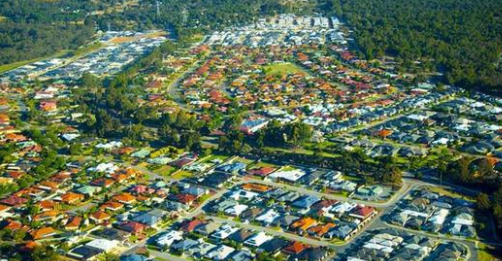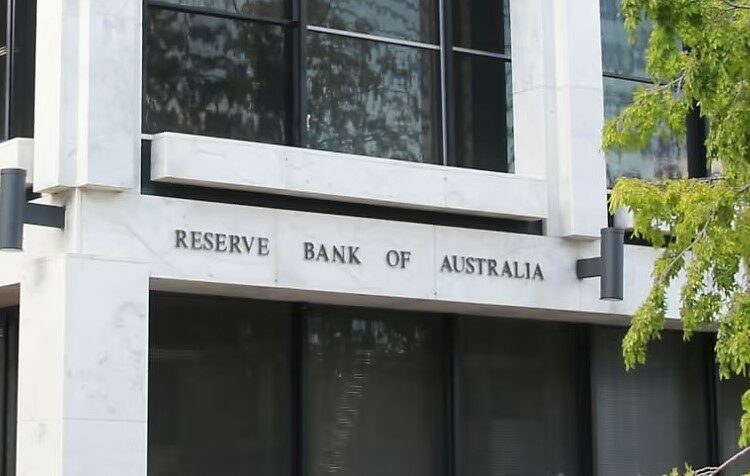Households are spending more money on housing and arrears are rising, but the majority are able to service their debts, the RBA has said.
The Reserve Bank of Australia (RBA) has released its half-yearly Stability Review, revealing new figures on mortgage pressures.
Payments on variable rate loans had increased by between 30 per cent and 50 per cent, depending on when the loan was originated, the October report said.
Lower income households – defined as those in the bottom quartile of mortgagor incomes, with up to around $78,000 in household disposable income, including many renters and some mortgagors – were spending a larger share of their income on housing costs and other essential items.
The RBA report, released on Friday (6 October), noted that almost all borrowers have “been able to make adjustments that have allowed them to continue servicing their debts and cover essential spending”, but that the share falling behind on their mortgage payments has begun to pick up (albeit from a low level).
About 1.5 per cent of borrowers are estimated to have their essential expenses and mortgage costs exceed their income and be at high risk of depleting any available buffers, the Stability Review found.
But the central bank said that, even if the unemployment rate were to increase by 2 percentage points (around twice as sharply as projected in the August 2023 Statement on Monetary Policy), the share of existing borrowers at risk of running out of buffers over the next year or so “would likely remain at low single-digit levels”.
“Similarly, most borrowers would be well-placed to service their housing loans if interest rates were to increase further,” the report read.
For example, the RBA flagged that the “vast majority of borrowers have substantial equity in their properties”.
“While very disruptive for affected households, this does allow them to sell and repay their loan before defaulting,” it said.
Only around 0.1 per cent of loans (0.15 per cent of loan balances) were found to be in negative equity at current housing prices. However, this would increase to around 0.5 per cent if housing prices were to fall by 10 per cent from their July levels.
The RBA Stability Review estimated that, in July 2023, between 5 and 13 per cent of variable-rate owner-occupiers were paying more on their essential expenses and mortgage costs than they received in income.
If using the baseline Household Expenditure Measure (HEM) of essential expenses, the figure is 5 per cent (up from 1 per cent in April 2022). But, if using a broader HEM measure of expenses – which includes items that are more discretionary in nature but difficult to adjust (such as private health insurance and private school fees – this rose to 13 per cent (up from 3 per cent in April 2022).
While the RBA said these households would have little or some capacity to cut back further on spending, it added that this does “not necessarily indicate that these borrowers are in mortgage stress”.
The Stability Review read: “Rather, these estimates indicate that a share of borrowers need to make adjustments beyond significantly reducing consumption – such as drawing on their savings buffers … or assessing other options like restructuring their loan.”
Other solutions included finding “other margins of adjustment, such as additional work, to meet their essential expense and scheduled mortgage payments”.
According to the RBA, about 30 per cent of the estimated 5 per cent of borrowers with insufficient income (using the baseline HEM) are at risk of depleting their buffers within six months – and so are at higher risk of falling into arrears on their housing loan.
Lower income borrowers were found to be “over-represented” in these groups as they are more likely to have difficulties covering their essential costs and mortgage payments.
While the central bank said that most Australian households and businesses remain well-placed to adapt to “the challenging set of economic conditions”, some were “vulnerable to further shocks”.
However, it concluded that though there has been an uptick in arrears and personal insolvencies, the vast majority of households continue to service their debts.
Indeed, the bank said that lenders in the bank’s liaison program have reported that borrowers have been more resilient than expected in their ability to service their debt, given the sharp rise in interest rates.
This was largely attributed to the strong labour market, which has supported household incomes, the fact that households have curtailed their spending (particularly on discretionary goods), and that some households have been able to draw down on savings buffers accumulated over the pandemic.
Overall, the RBA said that global financial stability risks were “elevated”, reflecting challenging macro-economic conditions, but that households have remained largely resilient and the Australian financial system remains strong.
The increase in inflation and interest rates since 2021 has put pressure on household and business finances in Australia and around the world, the RBA stated in its report, and warned that ongoing risks remain of concern should they transmit through to Australia.
These risks include:
- Property sector stress in China (which could “reverberate globally”),
- “Disorderly repricing” in financial assets markets and increases in unemployment.
- A slowdown in advanced economies


